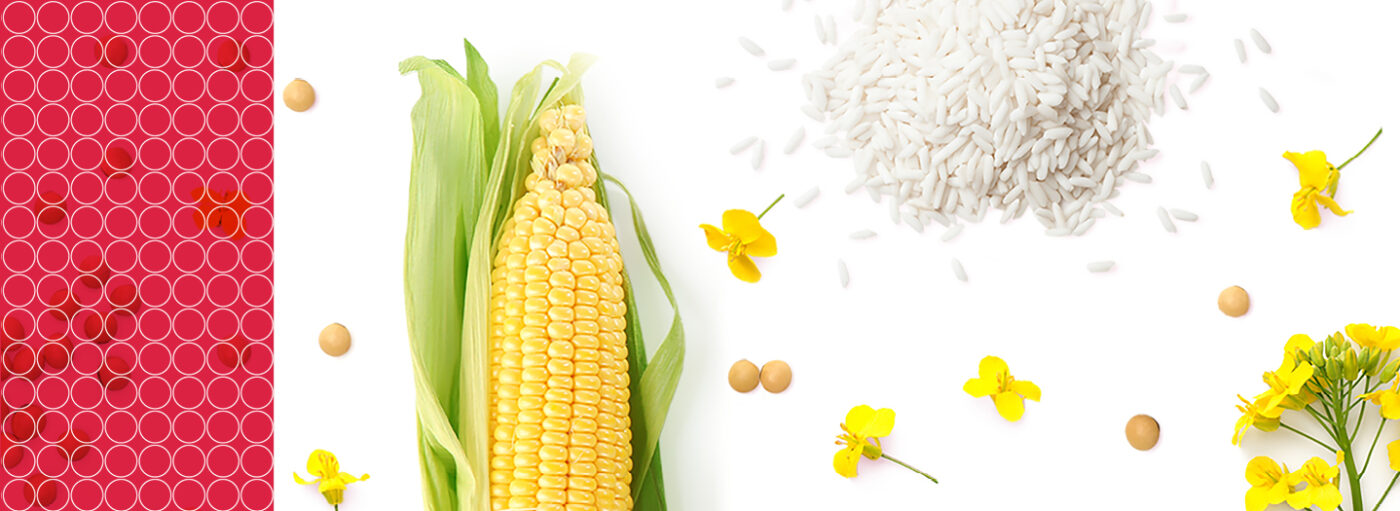
Recent news in Food & Feed Analysis
- Home
- /
- Genetically modified organisms (GMO)...
Genetically modified organisms (GMO) – subject to a lot of controversy

Although, GMO foods may become an essential tool in feeding the world’s growing population and undergo strict testing, people have concerns about possible risks, and there is much debate about the pros and cons of using GMOs.Manufacturers use genetic modification to give plants desirable traits such as:
- Insect resistance: provides season-long protection against pests, reduces the need for pesticide applications and lower input costs.
- Drought tolerance: increased water retention and allows crops to better endure drought conditions without the need for additional irrigation.
- Herbicide tolerance: allows targeted herbicides application when needed.
- Disease resistance: enables plants to resist certain diseases, which could lead to less waste and increased food security.
- Enhanced nutritional content
- Reduced food waste: eliminates superficial browning and bruising when products are cut or handled.
- Improved manufacturing processes: enables more efficient biofuel production – in certain corn varieties, for example – by improving the process by which cellulose and/or starch is broken down and converted to fuel. This helps to reduce the environmental impact by decreasing the amount of water, electricity and natural gas needed to produce biofuel.
How are GM crops made?
| What it is | Oblige to Directive 2001/18/EC | Detection possibility | |
|---|---|---|---|
| Selective breeding | Combining traits from similar and dissimilar plants by crossing into one genetic background with improved traits. | No | |
| Interspecies crosses | Breeding and tissue culture techniques that permit genetic exchange between plants not crossing naturally. | No | |
| Mutagenesis | Using chemicals or radiation to change DNA and occasionally induce a favorable trait. | No | |
| Transgenesis | Adding a specific, well-characterized gene to a new plant to transfer a specific trait. | Yes | Event-specific methods: target the stable integration site of “foreign” DNA elements in the genome. |
| New breeding technologies (NBTs) such as genome editing techniques using nucleases | Specific alteration of the nucleotide sequence. The modifications are often as small as the substitution, insertion, or deletion of only a single nucleotide. | Yes | Detection poses challenges as these plants may not contain foreign DNA such as the commonly used cauliflower mosaic virus (CaMV) promoters and terminators. |
The European regulatory approach
Many jurisdictions, including the European Union (EU), legally distinguish between authorized (and therefore legal) and un-authorized (and therefore illegal) GMOs. Thus, the European genetic engineering legislation demands event-specific methods for detection, identification, and quantification for GMOs and the derived food and feed products, before they may be authorized and placed on the market (Directive 2001/18/EC and Regulation (EC) No 1829/2003).
EU-authorized “classic GMOs” are detectable, identifiable, and quantifiable by e.g. qPCR methods, which target the stable integration site of “foreign” DNA elements, which do not occur naturally in a genome.


